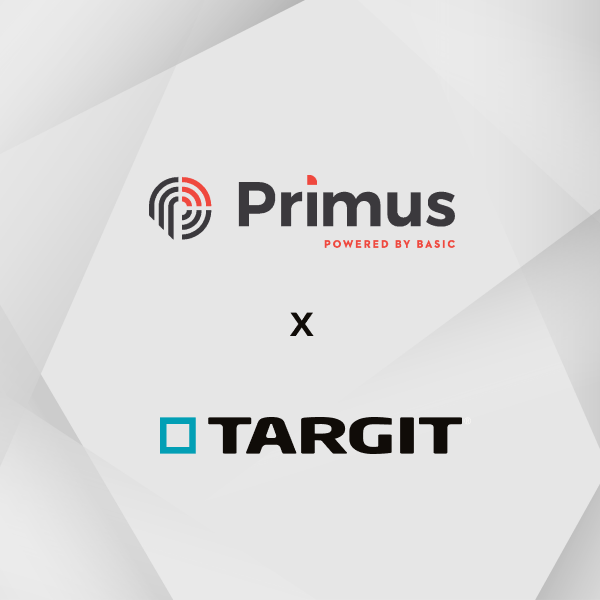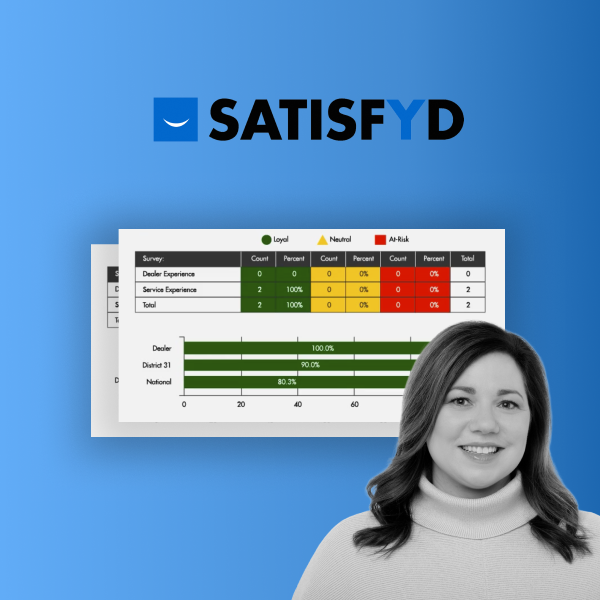In a heavy equipment dealership, metrics related to sales, rental, and other day-to-day operations are all essential for measuring performance and informing business strategies. Dealers typically use multiple key performance indicators (KPIs) in each department to ensure their dealership operates efficiently, follows industry best practices, and stays ahead of the competition.
Your dealership's KPIs of choice will depend on your size, location, and other variable factors. The metrics you track will also evolve as your business goals change or you expand certain areas of your operations, like your rental or service department. It's important that dealers choose their target KPIs carefully and ensure they leverage the power of business intelligence for heavy equipment to gain timely access to the data required to measure them.
Dealers should monitor multiple KPIs in each department to ensure their business is performing well and teams are meeting pre-defined goals. In this blog, we'll share an overview of top heavy equipment dealership metrics for each department and explore how each one can help you streamline operations and make informed decisions.
Sales Department: New Equipment Gross Profit
Your dealership’s Gross Profit rate for new equipment measures the actual profit your dealership makes from each piece of equipment it sells after all pre- and post-sale expenses are considered. It is calculated by dividing the total revenue generated from new equipment by the total cost to acquire said equipment.
This metric is critical to track as it reflects your dealership’s actual profits from equipment sales, not just the overall revenue generated. Calculating Gross Profit also helps you assess equipment-related expenses like purchasing and preparation costs so you can identify opportunities to lower costs or reduce excessive spending throughout the acquisition and sales process.
Finance Department: Return on Average Assets
Return on Average Assets (ROAA) measures how efficiently assets are utilized. This metric highlights the return on the assets purchased using invested or retained dollars. Generally, a lower ROAA indicates a more asset-intensive business, while a higher ROAA points to a less asset-intensive one.
As a dealer, you should aim for a high return on assets, as your ROAA demonstrates how well you manage your balance sheet to generate profits. Your dealership's ROAA can be used by management, data analysts, and investors to determine how well efficiently you generate a profit through the equipment and accompanying supplies you sell.
Service Department: Work in Progress (WIP) Days
Measuring service WIP will tell you how much is invested in work orders that have not been invoiced. Both labor and parts should be accounted for, and can be measured in terms of cost (what did the labor and parts cost the dealership) and sell (what will you invoice the labor and parts for when completed). Total dollars and time are both important. How many dollars are invested in the open work orders, and how long is it taking to get work orders invoiced? Common KPIs to manage the time component are Last Labor to Invoice, and Work Order Open to Invoice, both typically measured in days. These metrics will help pinpoint bottlenecks such as parts availability, labor shortage, or process issues with invoicing.
Dealers should closely monitor their service department’s WIP Days, as this metric directly impacts cash flow and working capital. Significant delays in job completion can result in poor cash flow and inconsistent P&L statements for your finance team. It’s vital that you set a benchmark for WIP Days and report on it routinely to ensure your service department is operating efficiently.
Better Insight Into Your Entire Heavy Equipment Business
Download our heavy equipment analytics guide to explore even more high-value KPIs for every department in your dealership.
Rental Department: Financial Utilization Rate
Financial Utilization measures the exact amount of revenue earned by each individual piece of equipment in your rental fleet. To calculate it, take your annualized rental revenue and divide it by your total acquisition costs. Keep in mind that the potentially significant variances of acquisition cost between new and used equipment will highly affect your Financial Utilization.
Benchmarking the Financial Utilization helps you identify the pieces of equipment making the most money for your dealership. This number can help you determine what pieces you should add to your fleet, whether new or used. You can also expand this metric to include revenue from related products and services, such as fuel and delivery fees.
Parts Department: Fill Rate Percentage
The Fill Rate measures the percentage of customer needs your dealership meets through immediate stock availability, not including backorders or lost sales. You can calculate your Fill Rate by dividing the number of correctly filled requests by your total number of requests.
Fill Rate helps dealers see where demand will likely be recovered or better serviced with improved inventory performance. The more backorders, the worse your Fill Rate. If a customer needs a part for a project that you don't have on hand, that's lost business. This metric helps dealers understand how well they are servicing their customers. It's a key indicator of inventory levels and supply chain efficiency.
Unlock More Heavy Equipment Insights
Looking for more ways to leverage data at your dealership?
Read how Doggett Equipment Services Group uses TARGIT to inform decisions in every department and evaluate performance across multiple locations and industry operations.







